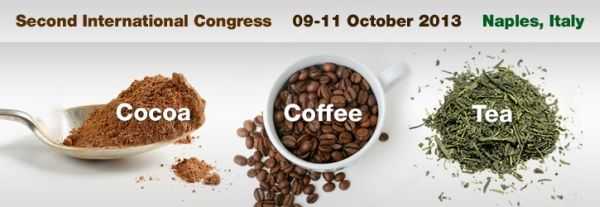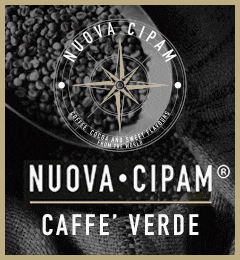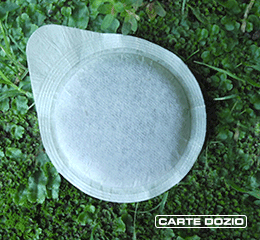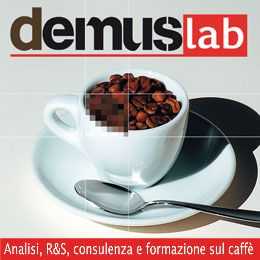Condividi con noi le tue storie legate al caffè scrivendo a direzione@comunicaffe.it.
Gloess A.N.1, Vietri A.2, Bongers S.3, Koziorowski T.3, Yeretzian C.1
1 Zurich University of Applied Science, Institute of Chemistry and Biological Chemistry, Wädenswil, Switzerland.
2 Zurich University of Applied Science, Institute of Food and Beverage Innovation, Wädenswil, Switzerland.
3 Probat-Werke, Emmerich am Rhein, Germany. E-mail: alexia.gloess@zhaw.ch
The formation of volatile organic compounds (VOCs) during the roasting of coffee can be analysed online with proton-transfer-reaction time-of-flight mass spectrometry (PTR-ToF-MS).
This allows a direct insight in the influence of parameters on the roasting process by varying the time-temperature roasting profiles. So far, the focus has been on the roasting parameters like heating intensity, or burner capacity, of the coffee roaster as well as the roast degree, measured via the colour of the beans.
Both parameters influenced the formation pathway of coffee flavour constituents. Within one single roasting profile, different molecules were formed differently. Changing the roasting profile by changing the burner capacity of the roaster led to changing formation pathways of the respective molecules [1].
These studies were performed on one type of coffee. Here, altogether five different coffee samples from different origins were roasted: coffea arabica from Colombia and Guatemala as well as from Ethiopia (Djimmah and Yirga Cheffe) and coffea canephora var. robusta from Indonesia (Malangsari).
Two different roasting profiles were analysed: one with medium burner capacity (mbc) of the drum roaster, leading to a medium roasting time and one with a low burner capacity (lbc), leading to a long time roasting profile. Both profiles ended up in the same roast degree of 103 Pt (Colorette 3b, Probat, Germany).
Roasting Colombian and Guatemalan coffee led to similar formation pathways of the coffee flavour compounds, whereas the Ethiopian coffees (Djimmah and Yirga Cheffe, both coffea arabica) showed different time-intensity profiles of the VOCs, as did the Indonesian coffea canephora var. robusta (Malangsari) (Figure 1).
The change in burner capacity of the coffee roaster led to a change in the formation pathways of the respective VOCs (see Figure 1 b).
Figure 1: Time-intensity profile of [C5H5O]+ during the time-temperature roasting profile of a) medium burner capacity and b) medium and low burner capacity for the different coffees Colombia, Yirga Cheffe, Djimmah (only mbc), Guatemala and Malangsari (only mbc).
References
[1] Gloess, A.N. et al. Effect of roasting on the aroma of coffee. Online analysis of roasting using proton transfer reaction mass spectrometry. GIT Labor-Fachzeitschrift 2011, 55, 712-715
[2] Gloess, A.N. et al. On-line Analysis of the Coffee Roasting Process with PTR-ToF-MS: Changes in Flavor Formation for Different Coffee Varieties. Colloque Scientifique International sur le Cafe 2012, 24rd

















